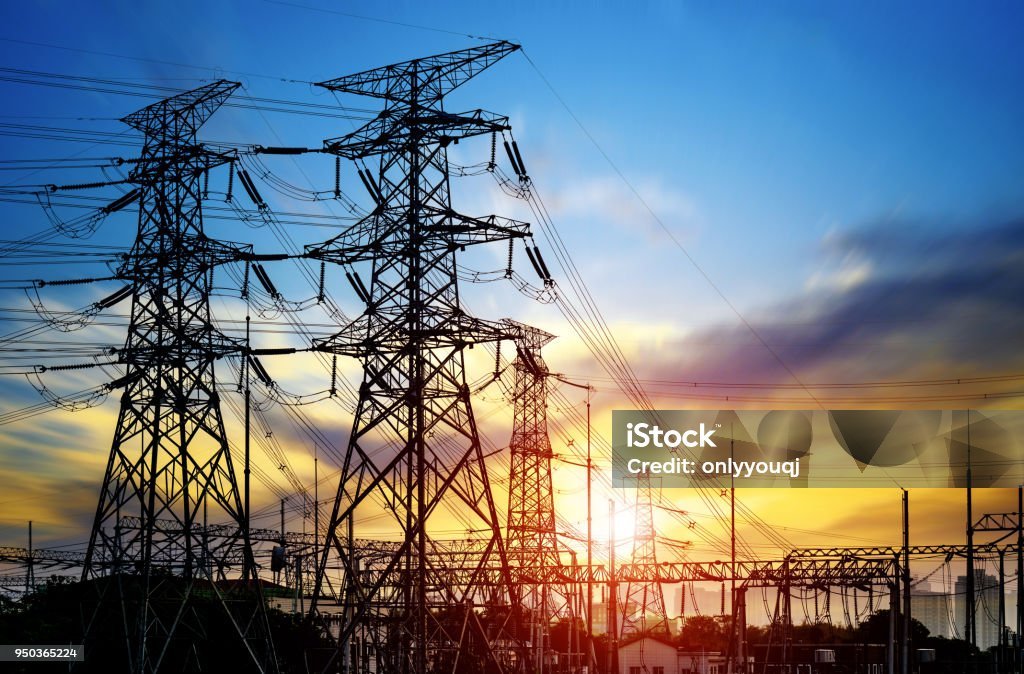The world is so much used to high energy security with availability on demand. Almost all the energy requirement in this globe is centrally sourced or produced, however, we are moving towards decentralized solar and wind energy. To ensure net zero carbon emission, it is mandatory to immediately step on to these renewables. The sunlight and wind are sparsely distributed over the earth, and they have to be used locally to meet local requirements and also have to be unified under a common grid to ensure energy security. The local usage of locally sourced energy falls in the category of grid-independent systems. For example, the solar panels on a building roof top can meet the requirements of a house-hold demand. The variation in the availability of sunlight or wind necessitates the storage of energy to effectively ensure 24 x 7 energy supply.
The most mature technology that is available, in reasonable scale, to store energy is batteries. The storage of energy in the form of hydrogen fuels by splitting water is an upcoming technology. It is uncertain, at the moment, to exactly predict the path forward and zero-in on a given technology. So, it is wise to explore both these options for stationary energy storage and keep the technology ready for implementing en masse. Energy storage is not only an isolated tech that has be to be perfected, rather it has to be explored as a system. Individually solar panels, batteries, fuels cells, electrolyzers and wind turbines are at advanced TRLs with production in MW to GW scale. But integration of these technologies and adapting them to a given location poses a dramatic issue to employing them for stationary energy storage.
Any given location on the earth has different solar or wind energy availability. In addition to the location dependence, they are seasonal and vary during a given day. This location/season dependence is going to hamper or limit the implementation of these mature technologies. For example, if there exists a 1 MW thermal power plant, assuming 75% load factor, at any given hour a guaranteed 0.75 MWh (18 MWh per day) can be generated, as long as the fuel supply is ensured. In the case of solar energy, taking Chennai as a case, a 1 MW solar plant can generate roughly 4 to 6 MWh per day during May and it will dwindle down to 2 to 3 MWh per day in December or January months. This uncertainty or variation in energy output causes serious integration issues. If a plant is designed for December, the excess solar energy in May will not be utilized, and on the other hand if designed for May, the plant won’t produce enough energy in December. This complex issue requires immediate attention and lot of systems integration research has to be carried out. India, as a country, needs to strategically invest in R&D activities in this area to successfully move to net-zero by 2070, along with individual component level innovations! Otherwise, we will miss the bus!
At IIT Madras, we have started investigating this specific issue using a combination of solar energy and batteries. Conventionally lead acid batteries are used, even in home invertors. However, the recent surge of electric vehicles are pushing the advanced lithium-ion batteries to the market at an exponentially increasing scale. Few years down the line, these used batteries will still possess enough life that cannot serve EVs but can be employed for stationary energy storage, where the space is not a big constraint. Keeping this in mind, we started investigating this problem by using our own lab building as a test rig! The Chemical Engineering Laboratory building at IITM is partially renewable powered now (visit us !!), where solar panels are connected to (i) a variety of battery energy storage options including Pb-acid, lithium-ion NMC, Li-ion LFP, LTO chemistries with different configurations (prismatic or cylindrical) and (ii) green hydrogen rig with electrolyzers and fuel cells. Each of the corridors of the building is powered by a different battery chemistry. The ultimate goal of this assignment is to understand the sunlight to load efficiency while using these energy storage options. The solar energy availability in Chennai is monitored using pyranometers and around 150+ different data parameters are being collected from the system, including wind temperature, panel temperature, battery V/I, individual cell characteristics and load consumption. This exercise will help us to correlate the solar energy availability pattern to performance/life/health/safety of various energy storage options and potentially give a second life to lithium ion batteries being used in eVs. Along with this detailed technical assessment, we expect to workout the cost /kWh from each of these technologies when we go grid-independent.
IIT Madras is running faster to provide better pathways to our country’s goals towards net-zero!

Authur: Prof. Aravind Kumar Chandiran, IIT Madras



